In Bolihar and Dubalhati Empire (Naoga).
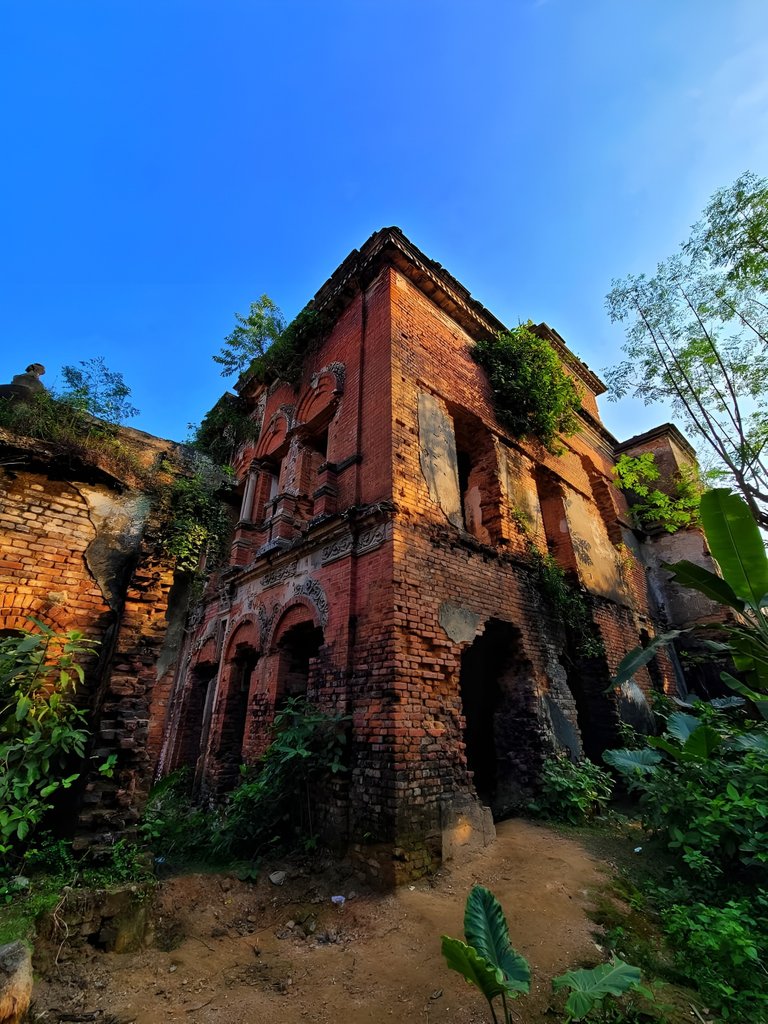
Atrai river is named in the historical Mahabharata poem written in Sanskrit language, today I am looking for history on the banks of that historical Atrai river. Everyone knows the name of Chalan Bill, the water flow of that Chalan Bill is centered on the Atrai River.
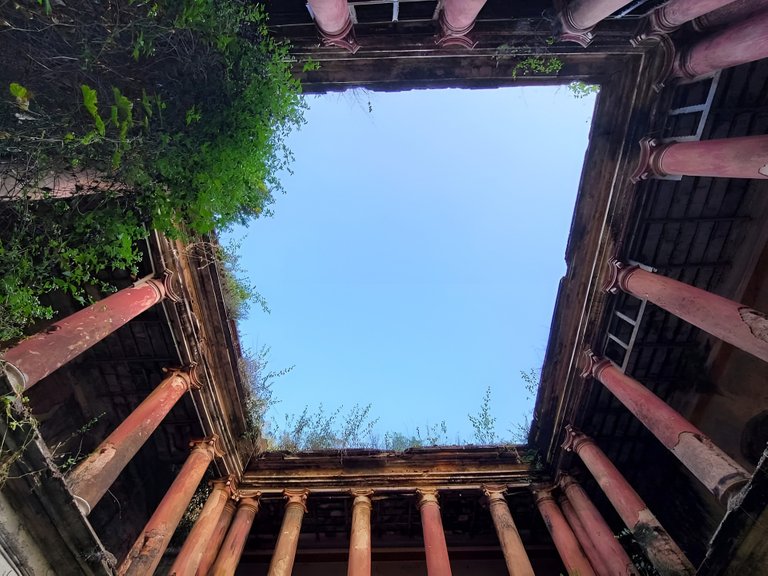
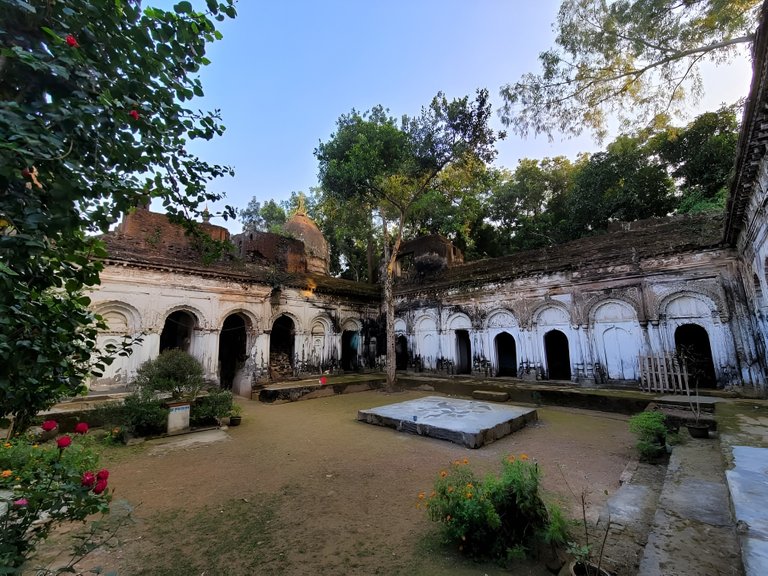

I woke up in the morning and left for Nauga. Puthia Taherpur Baghmara to Bandaikhara Bazar. A little before this Bandaikhara market is the historic Siddheshwari temple. This temple is located quite high above the ground. A huge banyan tree has guarded the temple with utmost care. Many parts of the temple were destroyed and some renovations were done later. Nothing is known about the history of this temple but maybe around this temple. There were other structures whose remains were some piles of bricks scattered around.
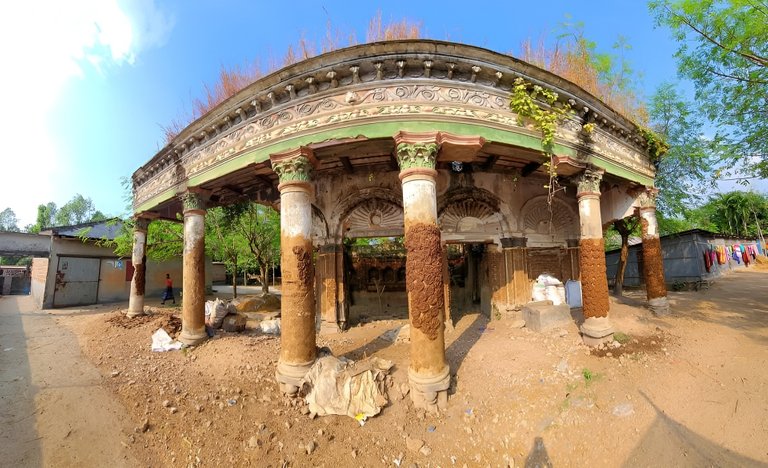

From Bandaikhara, I came to Betgari Hut. From Betgari, my destination is Kashimpur Zamindar Bari. This Zamindar House is located on the banks of Chot Jamuna River. Chot Jamuna River is a tributary river of Atrai. I went in front of Kashimpur Zamindar House and expressed my disappointment. Only two buildings survived. No, the condition of the two buildings that have survived is also terrible. Some years ago, there was a huge building here, but the local influentials demolished these buildings to build rice mills and fields. Of the two buildings that survive, one is covered with dung and the other is inhabited by people.

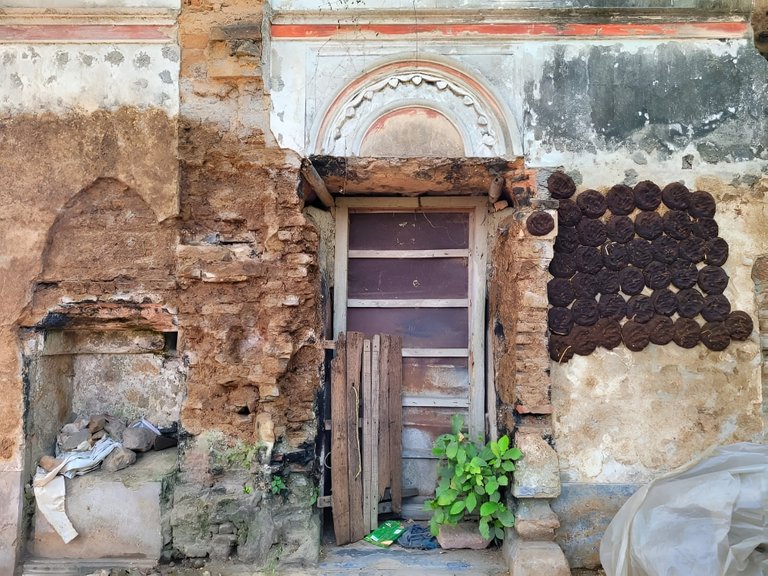
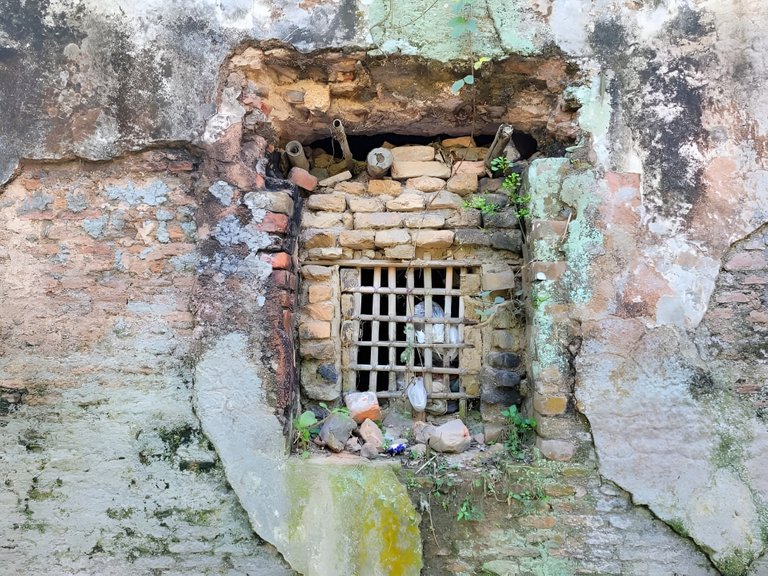
Many people know this house as Rajbari but it was actually a zamindar house. This zamindar house has a historical history. The palace was built by Pagla Raja of Kashimpur. He was the successor of the king of Natore. This palace was built to administer the governance of Naogaon and its surrounding areas and the reign of the king began. However, it is not known exactly when the king's rule began in this region. Annada Prasanna Lahiri Bahadur was the last king of this region. He had four sons and one daughter.
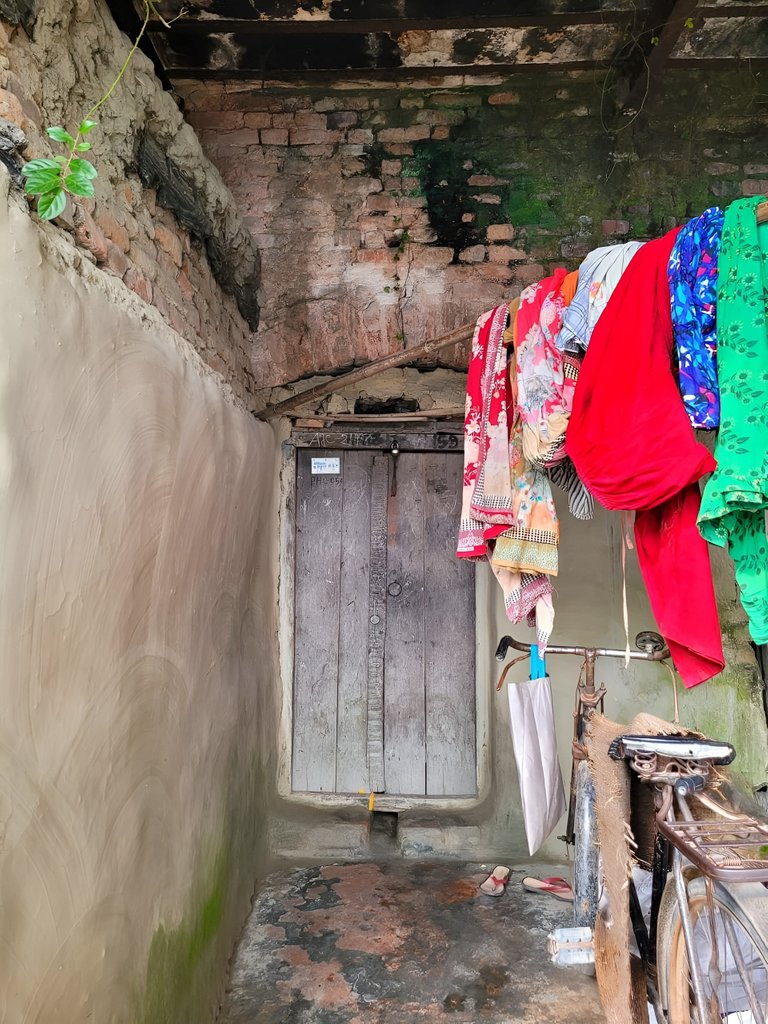
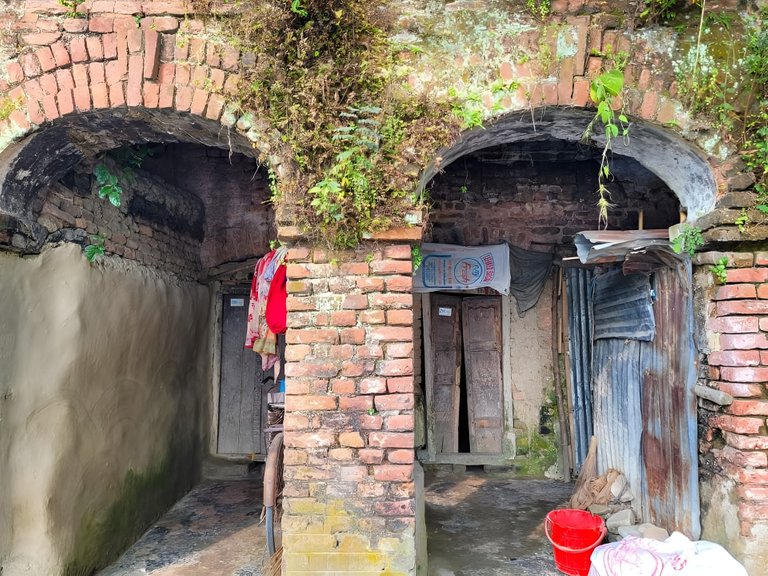
Shortly after partition in 1947, almost all of the dynasty left the country and moved to India. However, Chhota Raja Shakti Prasanna Lahiri and his family lived in this palace till the liberation war of 1971. When the war of liberation started, they also left the kingdom and the palace and went to India for the safety of themselves and their families.


The palace is spread over 2 acres of 19th century grounds. In the center of the main building of the Rajbari was a Durga temple with four domes. There were Shiva, Radhakrishna and Gopala temples in the Rajbari premises. The temples were built with lime, mud and terracotta bricks. The Radhakrishna temple was taller than other temples. On one side of the Durga temple was the king's sitting room. Next to the main building was an aviary. There was a girls' school made of glass houses by the pond and river.

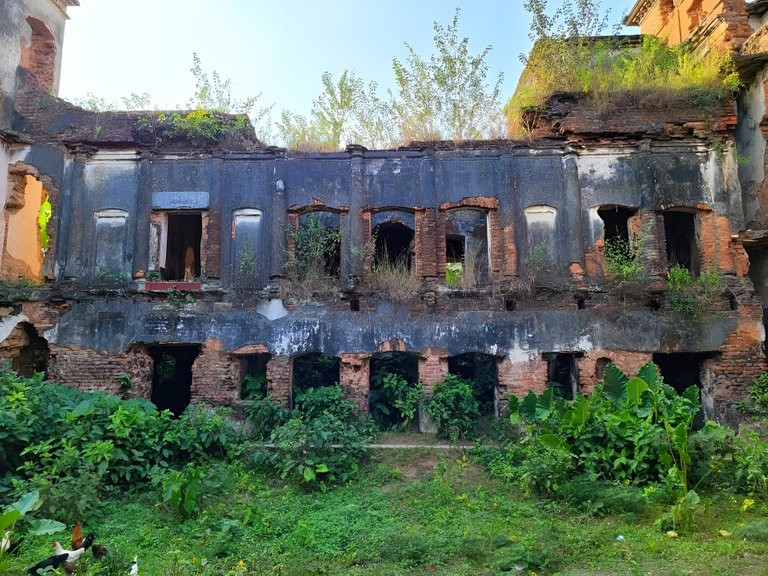
Nothing survives now. Everything was destroyed in cold blood. Out of here my next destination was Dubalhati Rajbari. I tried to take very short route in this trip with the help of google map but it was giving me bad experience. I didn't face any major problem due to having a motorcycle. .
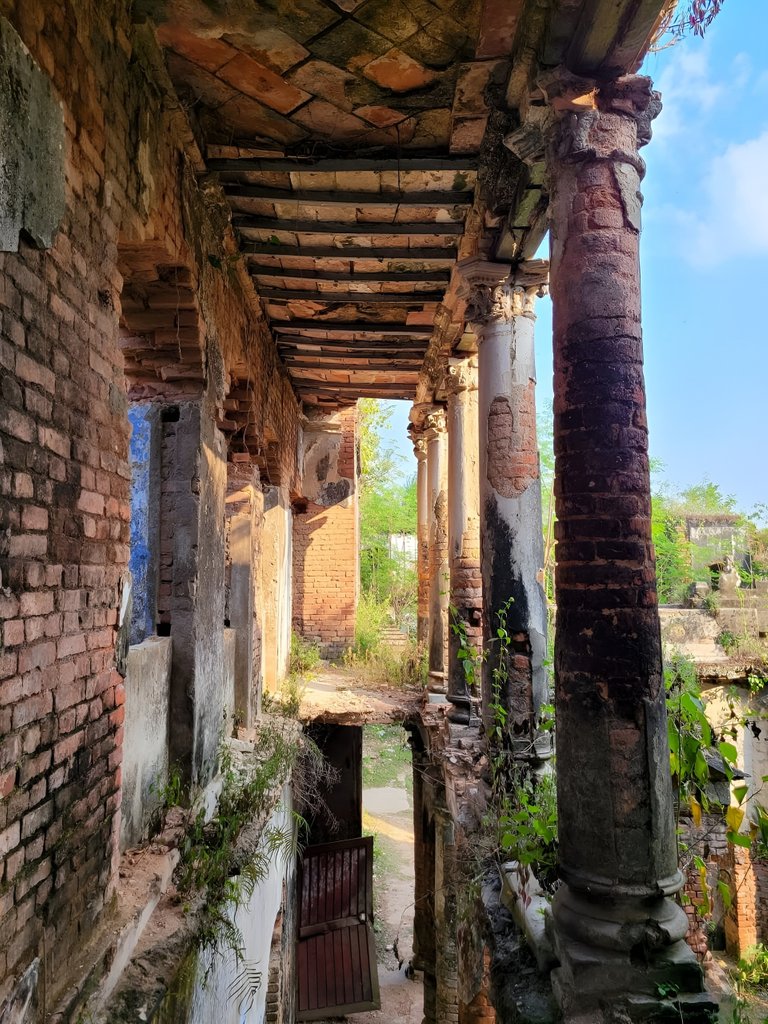
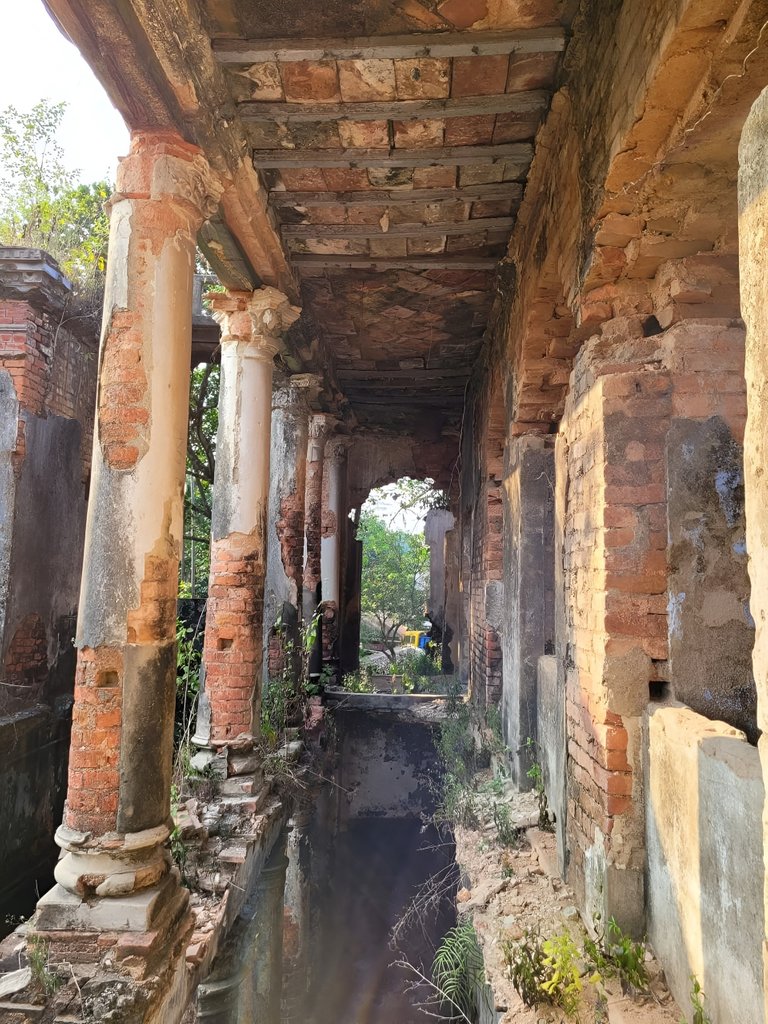
Crossing Trimohani Nagar Bridge, Shailgachi, and Rughunathpur, I reached Dubalhati Rajbari. Seeing the grandeur of Dubalhati Rajbari, anyone will fall in love with it at first sight, but after seeing its plight, they will be deeply saddened. Historical Dubalhati Rajbari is now a drug and gambling den. If I talk about this house, my words will increase a lot, but I will not finish talking about this house.
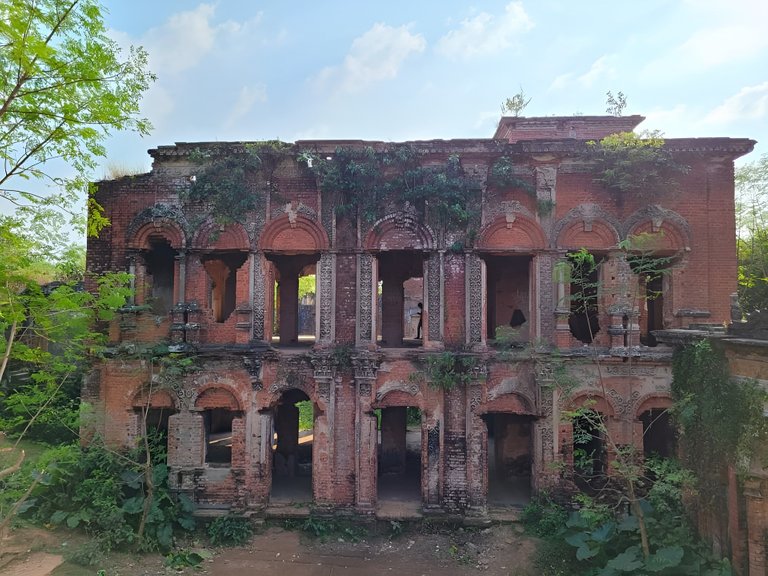
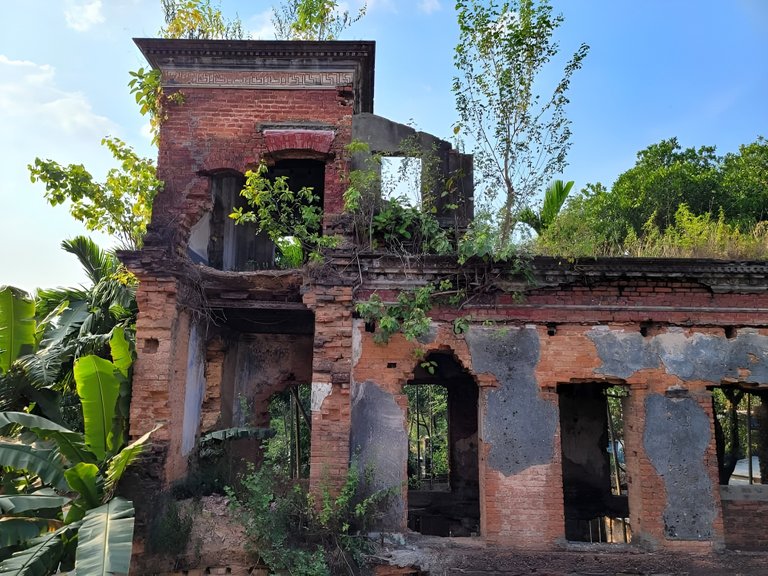
The world is moving forward in creation and destruction. Some are intoxicated in creation and others in the game of destruction; The historical past is being buried in the abyss of time due to someone's irresponsibility. Just as the present is important, the golden past also inspires. We are Bengalis, we have a historical past. Historical monuments are scattered in different parts of Bengal. These scattered places of historical memory stir our being. Similarly, Naogaon Dubalhati Rajbari is a place with a rich historical past. This palace is located just 6 km south of Naogaon city. Due to the indifference, carelessness and negligence of the authorities, this 200-year-old palace is still standing as a witness of time. In 1793, Raja Krishnanath started managing this state by paying 1.4 lakh 4 hundred 95 Taka from Lord Cornwallis. As Raja Krishnanath was childless, his grandson Raja Harnath Roy succeeded him in 1853. During the reign of King Harnath, the kingdom of Dubalhati expanded greatly. He dug many ponds in the vicinity of the Raj Palace to enhance the beauty of the Dubalhati Raj Palace, build theaters and alleviate the suffering of common people in drinking water. A school was established in 1864 at the initiative of the royal family. Later the school was renamed as Raja Harnath High School. After the abolition of Zamindari system in 1950, Raja Harnath Roy moved to India. A huge building remains as a witness of time. The Roman style pillars at the main gate of the palace bear the taste of the kings. The Rajbari had a total of 7 courtyards and about 300 houses. The buildings inside the palace were either three-storey or four-storey.
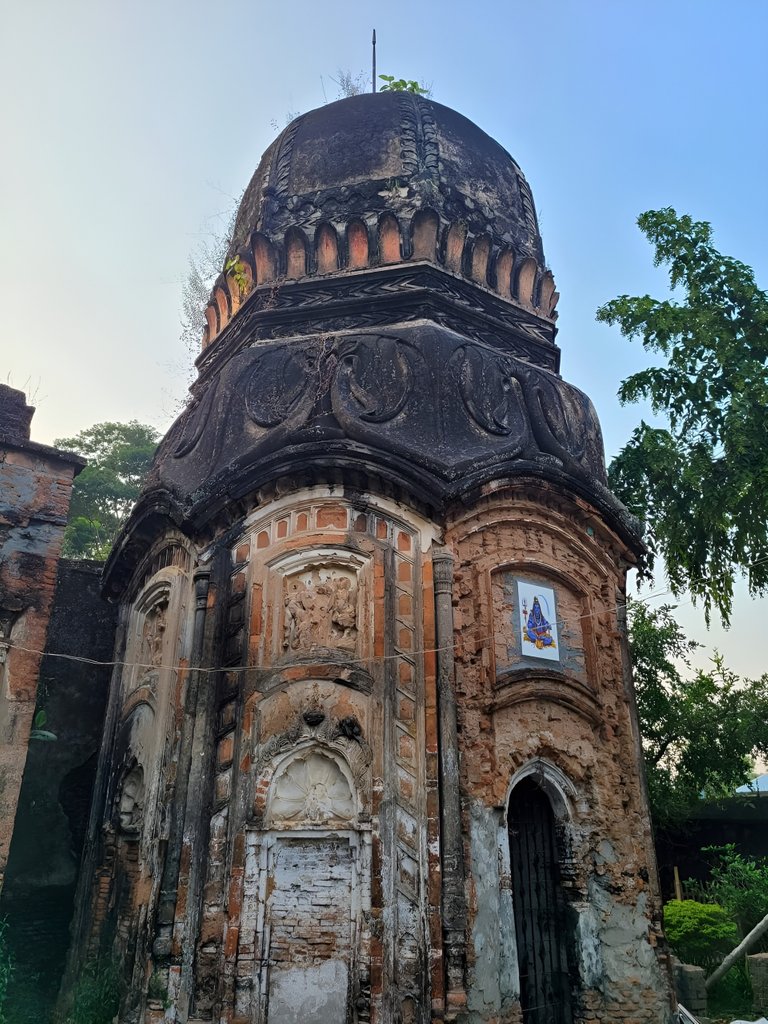

The palace housed the Rajarajeshwari temple where evening lamps were lit every evening; One could hear the sound of the conch shell, which has turned into an inhuman whisper over time. A sun-blocked well still exists in Rajbari.
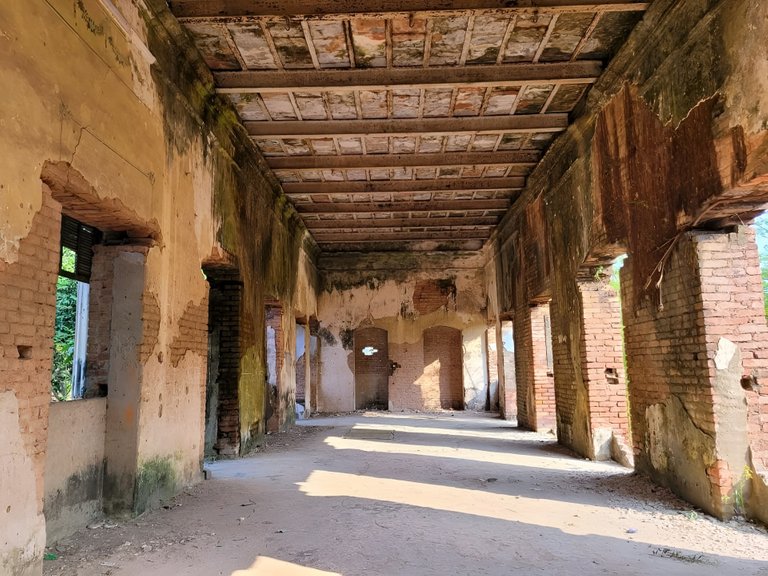

In front of the Rajbari was the Govinda Pond, next to which there was a building known as "Gan Bari" in the area, where various entertainments including music were played. Naogaon MP Abdul Jalil tried to develop this building and make it a hospital, but this process did not result in the end. Beyond Gan Bari was the Kali temple which is now overgrown with weeds. King's "Baganbari" flows about half a kilometer away from the Kali temple. Two families are now settled in Baganbari. At one time there were many Jaulus of the then kings, it is easy to understand by looking at the ruins of the palace. This royal family had a great influence in the area in the expansion of the state. Harnath Roy Chowdhury received the title of Raja. Earlier ancestors were awarded the title of zamindar given by the Mughals. The royal family has 22 kahn kai fish revenue recognitions included in the Guinness Book of World Records.
Currently Chhinnamul Babu's family residence is next to the Rajbari gate. Alam, a local youth, has been occupying the second floor of the Rajbari for three to four years and is working on pigeon breeding. After the abolition of zamindari, the government took the Rajbari under the estates department as a government asset. Despite taking responsibility, no initiative has been taken for its protection or reform so far. The valuable wealth of the Rajbari was stolen and looted day by day by the local influencers. After looting valuable doors, windows, wooden beams, it is also said that many people have built houses in the area by taking away the bricks of the building. Alcohol, gambling, cannabis chats are freely available. This Rajbari has become the focal point of open anti-social activities. No one is watching. No one has a headache.
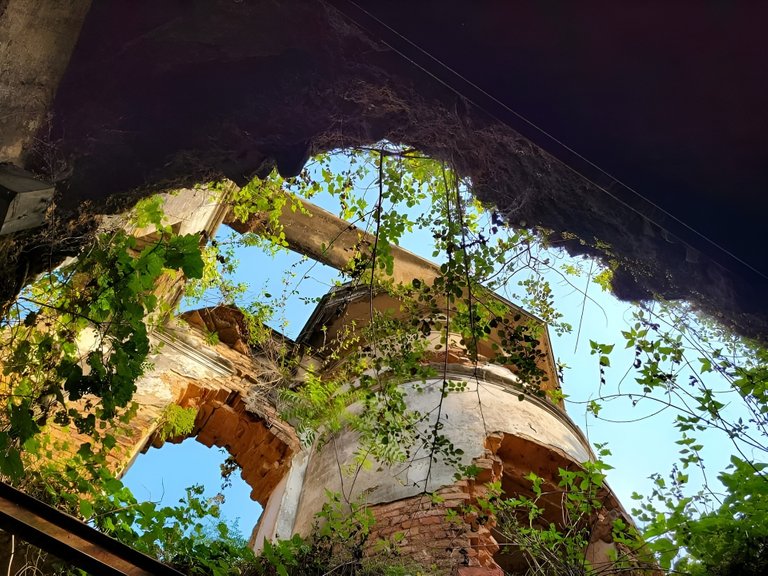
However, there is some more history about this house.
According to local historians, a person named Raghunath used to trade salt and molasses in this area. He came to Dubalhati for business by boat through the Khaira river that flows through the Dighli Bill (the river now no longer exists). He dreamed almost every night that someone was telling him, “There is an idol of Raj Rajeshwari Devi under the water where you tied the boat. From there lift it up.” Raghunath went down to the water one morning and saw that there was indeed an idol of Raj Rajeshwari there. He lifted the idol out of the water and built an altar of clay. After that, his business started to flourish.
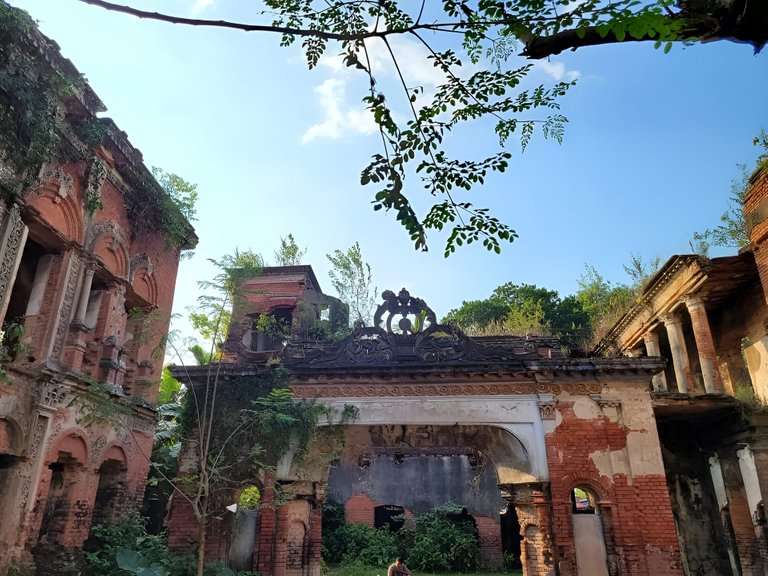
Another group of historians believe that Jagatram, the founder of the Dubalhati zamindar clan, was a salt trader, settled in a village near Dubalhati for trade and took up the lease of the Beel region. Gradually they became owners of a lot of land. It is said that the zamindar of Dubalhati used to pay tax with fish on the pretext of Bhuma Mahal as no crops were produced in this region. Only 22 kahn kai used to pay fish tax. The news of Raghunath's wealth reached the Mughal court. He was summoned to the court of the Nawab of Murshidabad on the orders of the Mughal court. The Nawab issued orders to him to pay the revenue. He told the Nawab that there was only water and water in the area where he lived. There is no harvest. But big fish are available. Realizing the matter, the Nawab ordered him to pay 22 kahn koi fish as revenue every year.

Even after spending an hour and a half, I was not satisfied. I wish I could have spent a night in this house. There were seven courtyards in this house, but now there is no existence of 3 o'clock. I found the existence of four o'clock. This time my destination is another historical palace. Bolihar Rajbari is my destination now. Looking at the google map, I ran towards Bolihar but there was no road as shown on the google map. A small road has been made for people to walk over the kachuripana. It was time to backtrack and we ran along that route to Bolihar. I stopped in front of the gate of Raj Rajeshwari temple. This historical palace was founded during the reign of Emperor Aurangzeb.
no king There are no citizens of the state. But the ruins of Naogaon Bolihar Rajbari stand as a witness of time.

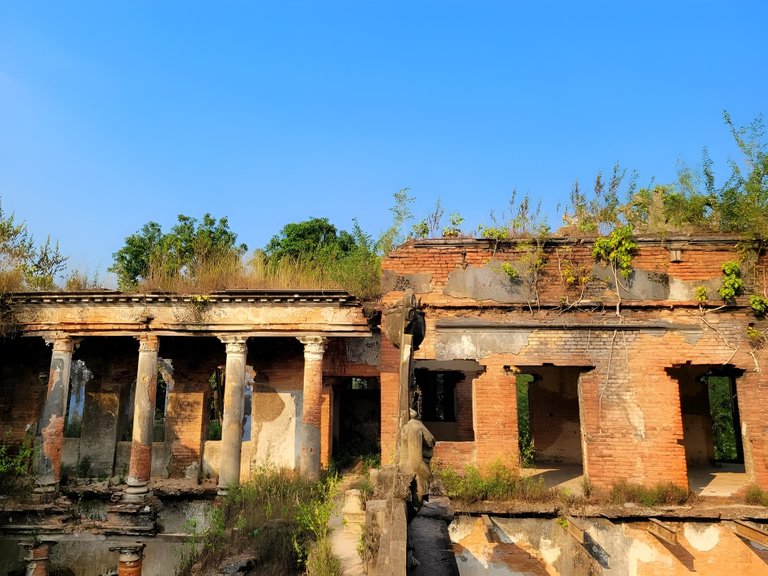
There is a temple in this palace. There is no regular worship now. The dancing of the Devadasis, the sound of conch shells, the chanting of the priest, the smoke of incense and the sound of open cymbals have stopped long ago. Barendra region of North Bengal bordering India Naogaon district. There are many historical places and structures full of tradition. One of his palaces is Bolihar Rajbari. It stands with the memory of the king's reign in mind. It is located in Bolihar Union of Naogaon Sadar Upazila. However, due to lack of maintenance, this palace has lost its charm.
A zamindar of Naogaon Bolihar was granted Jagir by a charter of Mughal Emperor Aurangzeb. Among the zamindars, Zamindar Rajendranath established the temple of Rajeshwari Devi in 1823. He installed a beautiful brass idol of Goddess Rajeshwari in the temple. The nine-wheeled chariots of Bolihar were very popular in the region. Some distance away from the palace was a huge garden. There are still some trees planted during the reign of the king. A roof over the pond ghat in front of the garden house still survives. Regular jalsa used to sit here.
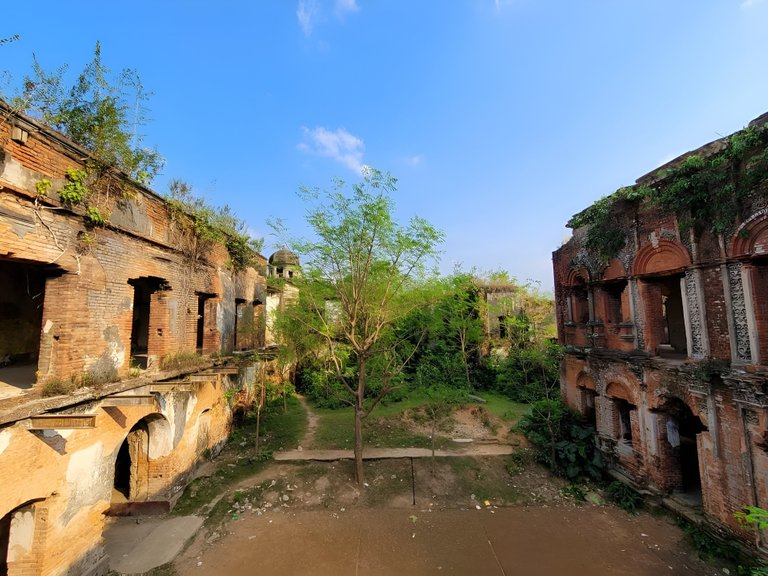
Many of the Bolihar kings were highly educated. Raja Krishnandranath Rai Bahadur was a writer. Krishnanendra Granthavali Volume 1 and Volume 2 is one of the books written by him. After 1947, when the zamindari system was abolished, like all the other kings, Bimalendu Roy, the successor of the Raja of Bolihar, migrated to India. The palace was then looked after by other servants of the royal family. During the war of independence and later, various traditional and valuable monuments of Rajbari were looted. Besides, furniture, doors and windows are also looted. Few of the buildings of the spectacular palace now stand in any form.
It is said that there were 330 dighis and ponds in the zamindari of Bolihar. There are still many lakes and ponds. The names of these lakes and ponds are very melodious. Such as Malahar, Sitahar, Bolihar, Atmahar etc. These kings had a small zoo. There were various species of animals including tiger, bear, monkey, deer. Legend has it that Mughal Emperor Akbar's commander Raja Mansingh Bar reached Bolihar with an army to subdue the Bhuiyans. The soldiers were tired from the long march. Commander Mansingh halted here to rest the soldiers and to find out the news of the Bar Bhuiyans through the spies sent by Mansingh. At that time dry season was going on in Barendra region. Mansingh dug those 330 lakes and ponds with his army thinking that the soldiers might get lazy if they sit for a long time.
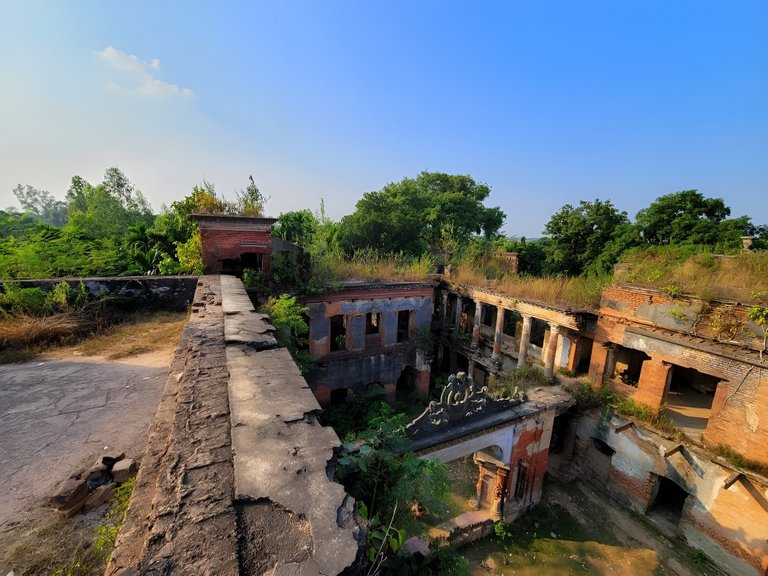
It was found that the Raj Bhavan was three-storied. The roof of the building could be seen far away. The temple is inside the palace. Where the people of the local Hindu community used to worship. There are many rooms inside the temple. There are two staircases to the top of the building. In the Malipara behind the palace there are two Shiva Lingas of huge size. At that time, dramas, yatras, poetry readings, kirtans etc. were held on the days of various festivals. The stairs of the building nearest to Atchala were used as galleries. There are two fresh trees in front of the main palace. The name is Nagalingam. The tree flowers in the monsoon season. Now the palace is in the hands of illegal occupants. His son's tradition is about to disappear. Local people from all walks of life say that if the remaining part of the Rajbari is renovated and preserved by the government, this Rajbari can become a traditional tourist center in the future. And if it is implemented, the Bolihar palace will be bustling with tourists.
This is the longest post I've ever written. Hope you like it. Thanks for taking the time to read this post.







